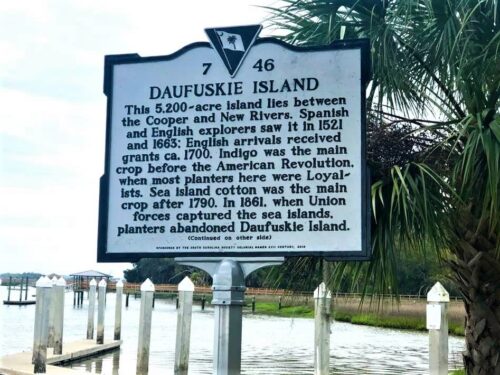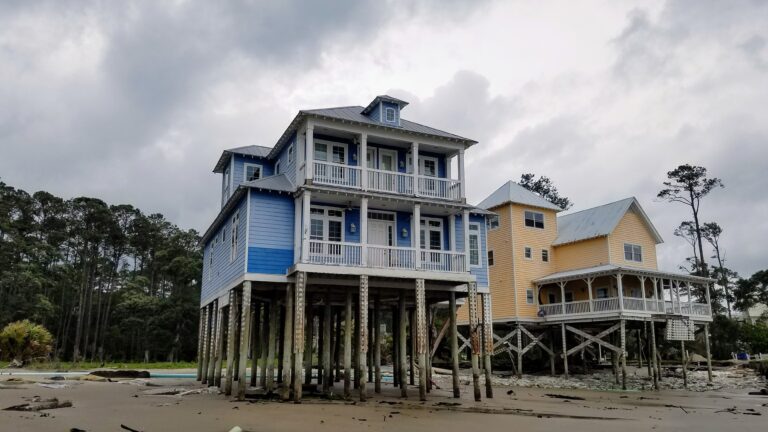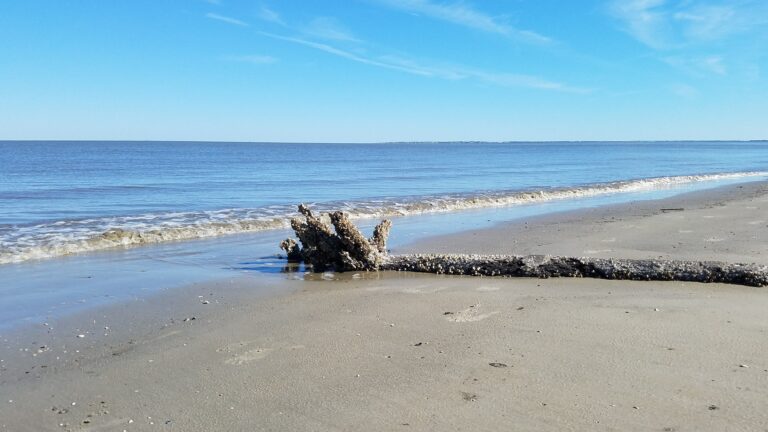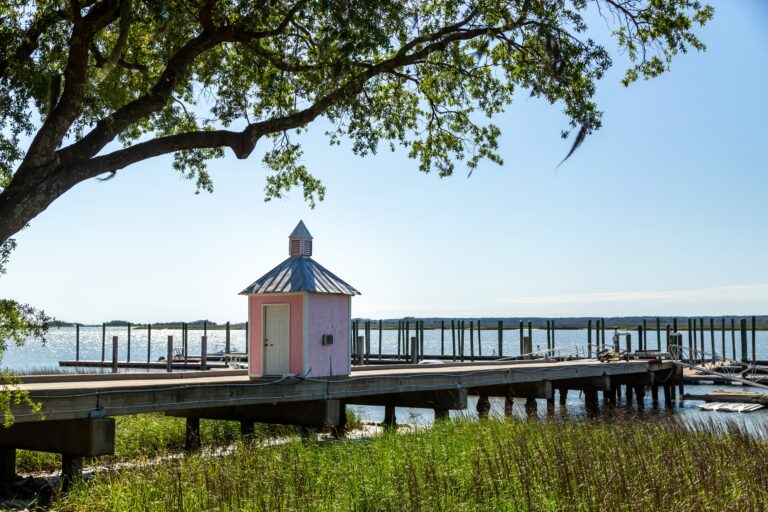La Belle Epoque Monaco Inside The Iconic Penthouse
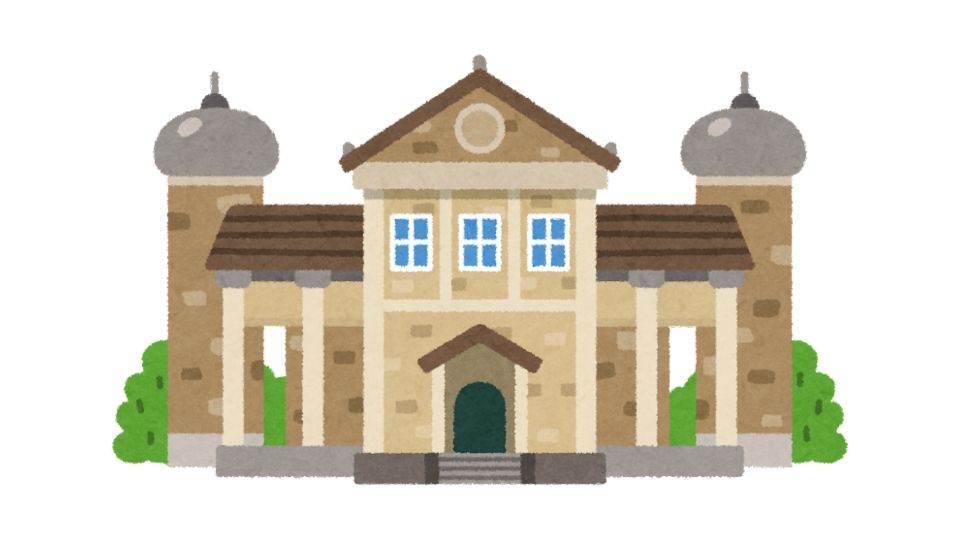
When Monaco went from sleepy Mediterranean village to glamorous playground of the rich and famous, it wasn’t an accident. It was the Belle Époque era – roughly from the 1870s to 1914 – that transformed this tiny principality into the world’s most luxurious square mile.
The “Beautiful Age” wasn’t just about pretty buildings (though there were plenty). It was a complete reinvention of Monaco’s identity through architectural grandeur, a dazzling social scene, and the creation of a tax-free haven that had European aristocrats practically tripping over their jewels to get in.
Monaco’s Glorious Belle Époque: How a Tiny Principality Became Europe’s Playground
From French Protectorate to Gambling Paradise

Monaco’s glow-up story begins after the Napoleonic wars, when it regained its sovereignty and became a French protectorate in 1860. But the real game-changer came in 1863 with the founding of the Monte-Carlo Société des Bains de Mer and the opening of the Monte-Carlo Casino.
Talk about a smart business move! Before the casino, Monaco was basically surviving on lemon, olive, and orange exports. Not exactly the stuff of legend.
Once the casino opened, everything changed. European royalty flocked to the tables. Artists and musicians performed for the elite. And Monaco’s transformation from sleepy village to international hotspot was officially underway.
When the Salle Garnier opera house opened in 1879, designed by none other than Charles Garnier (the same genius behind the Paris Opera), Monaco became the cultural epicenter of the Mediterranean. Imagine Diaghilev’s Russian Ballets performing in this intimate, gold-leaf-covered jewel box of a theater — pure magic.
If you’re into the kind of cultural architecture that defined this era, you’ll love the restored venues like the Prince George Ballroom, which preserve the same turn-of-the-century splendor that Monaco perfected.
The Buildings That Screamed “We’ve Made It”
Monte-Carlo Casino: Where Fortunes Were Won and Lost
The Monte-Carlo Casino isn’t just a gambling hall – it’s a statement piece. Completed in 1866, this Beaux-Arts masterpiece with its imposing façades and ridiculously opulent interiors became Monaco’s calling card.
If you’ve ever seen a James Bond film, you know the vibe: chandeliers dripping with crystal, ornate ceilings, and interiors so gilded they’d make Louis XIV blush. This wasn’t just a place to play roulette – it was theater, where the wealthy performed their status for each other every night.
Hôtel Hermitage: The Ultimate Flex
Built in the early 1900s, the Hôtel Hermitage Monte-Carlo is what happens when someone says “make it fancy” and the architect replies “hold my champagne.”
Designed by Jean Marquet, this palace combines neoclassical elegance with early 20th-century innovation. The Winter Garden – created by some guy you might have heard of called Gustave Eiffel (yes, that Eiffel) – features a glass and steel dome that was engineering genius for its time.
Inside, delicate pastel colors, elegant furnishings, and perfect lighting create an atmosphere of ridiculous luxury. It’s no wonder the hotel is now a listed building celebrated for its “most elegant period decor.”
For modern travelers craving a similar blend of historic charm and refined Mediterranean design, destinations like Palazzo Daniele in Italy offer that same Belle Époque meets modern minimalism vibe.
Other Belle Époque Stunners
The Hôtel de Paris Monte-Carlo deserves special mention – home to the Michelin 3-star restaurant Le Louis XV, it’s been serving up excessive luxury since the Belle Époque. Even the religious buildings got the deluxe treatment – the Saint-Charles Church, built between 1879-1883 in neo-Renaissance style, features stained glass that would make an atheist consider conversion.
Living La Belle Vie: The Social Scene
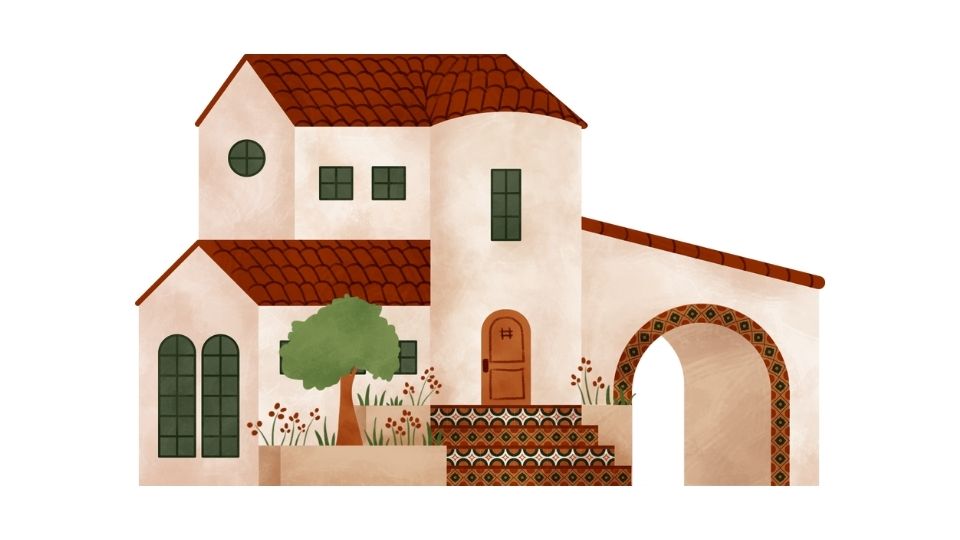
During the Belle Époque, Monaco wasn’t just a place – it was a lifestyle.
The principality became a winter escape for anyone who was anyone in Europe. Aristocrats, artists, and the international wealthy elite descended on Monaco to see and be seen. The social calendar was packed with balls, gambling tournaments, yacht parties, and cultural galas.
In a stroke of pure economic genius, Monaco abolished income tax in 1869, funding itself through casino revenues instead. This move attracted even more wealthy residents who built grand villas and townhouses, further cementing Monaco’s reputation as the place where the rich came to play (and stay).
For a sense of modern luxury that echoes this golden-age opulence, look no further than the San Montano Resort & Spa, whose villas and suites channel that same sun-soaked Mediterranean glamour that first put Monaco on the map.
Belle Époque’s Lasting Fingerprints on Modern Monaco

The Belle Époque era may have ended with World War I, but its influence is still everywhere in Monaco. Many of those grand buildings continue to function as luxury hotels and cultural venues, maintaining their original splendor while offering modern amenities.
The Monte-Carlo Société des Bains de Mer still oversees many of these historic sites, expertly blending preservation with contemporary luxury experiences. They’ve figured out how to keep the Belle Époque spirit alive while giving guests the Wi-Fi and spa treatments they expect.
Even new developments pay homage to the era. The Mareterra project by Renzo Piano’s workshop echoes Belle Époque ideals by combining elegance with innovation while respecting Monaco’s natural environment – much like projects led by design studios such as WATG (Wimberly Allison Tong & Goo), known for crafting resorts that fuse heritage architecture with modern sophistication.
Monaco continues to walk the tightrope between preserving its historic grandeur and meeting modern urban demands. The result is a place that feels simultaneously frozen in time and thoroughly contemporary – not an easy balance to achieve!
Why It All Matters
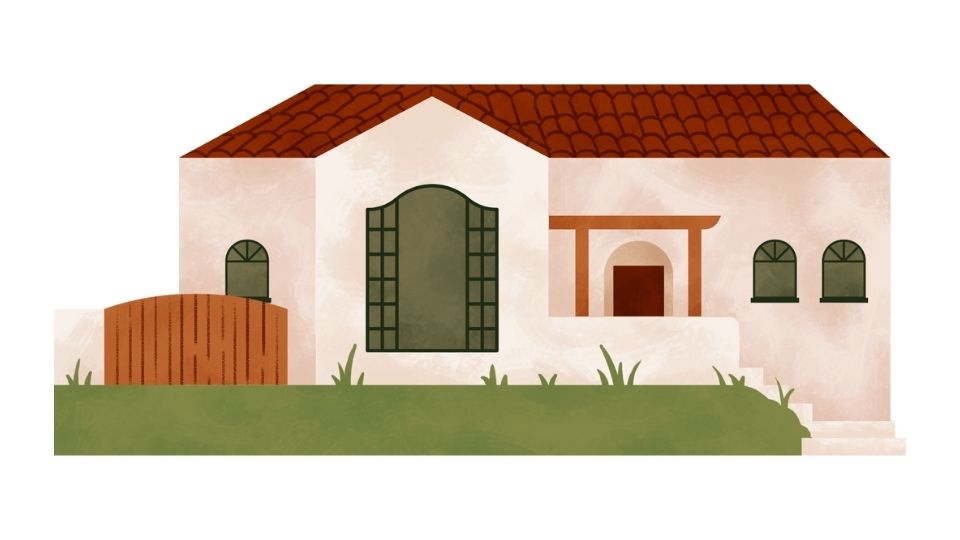
The Belle Époque transformed Monaco from an afterthought to a global symbol of luxury and refinement. Through visionary architecture, cultural institutions, and a social scene that defined exclusivity, Monaco found its identity – one that continues to attract the global elite today.
This tiny principality (seriously, it’s smaller than Central Park) punches way above its weight class in global influence, and it all started during those golden years between 1870 and 1914.
The buildings of this era aren’t just pretty facades – they’re the physical manifestation of Monaco’s reinvention, the backdrop against which the principality continues to play its role as the world’s most glamorous stage.
Even in today’s fashion and design, echoes of the Belle Époque persist — from haute couture houses like Alberta Ferretti’s Philosophy di Lorenzo Serafini, whose romantic aesthetic channels turn-of-the-century elegance, to contemporary resorts that honor Monaco’s timeless spirit.
Next time you see Monaco featured in a Formula 1 broadcast or a celebrity Instagram post, remember — that glittering reputation was carefully crafted during the Belle Époque. Not bad for a former lemon exporter, right?

